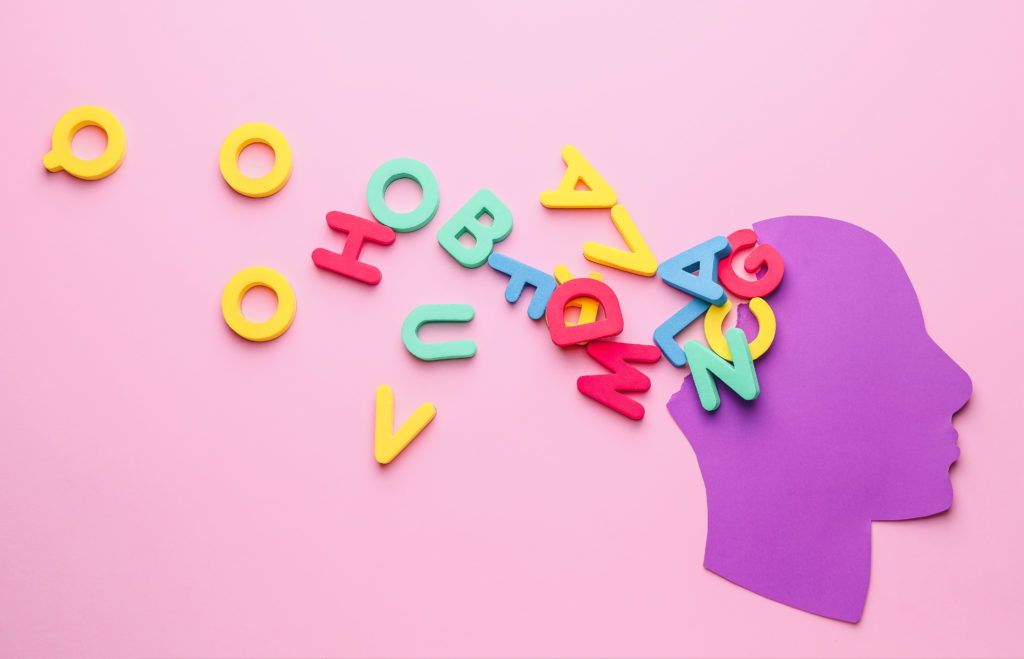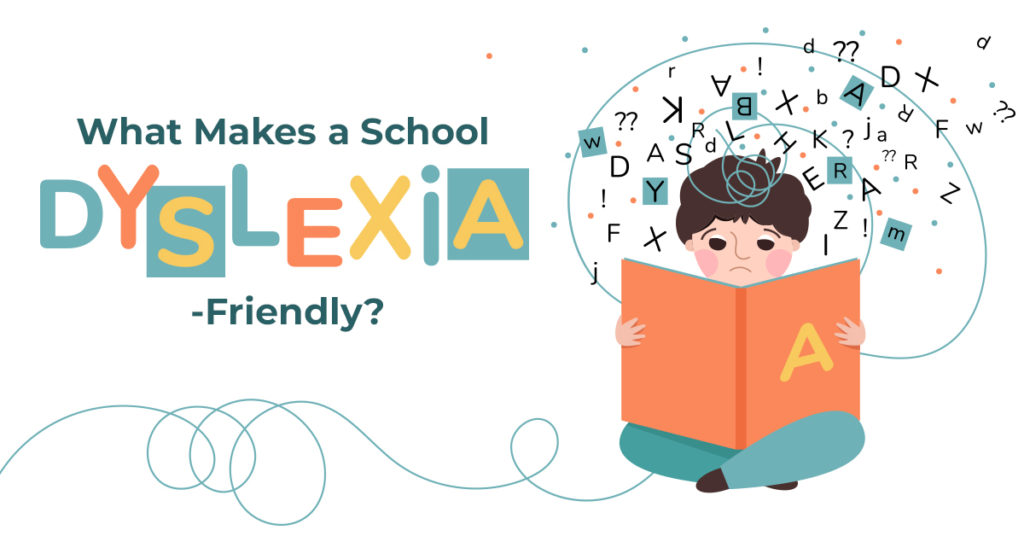Dyslexia! This condition is enough to make the life of a child miserable but we are the ones who should make a world that allows dyslexic children to live freely. It is mainly a learning disorder that disrupts the learning ability of a child and makes him or her more shy to open up. The child is not responsible for the underlying condition that he is born with! So, he mustn’t be punished for having a disease. The dyslexia training program offered by I Empower LLC allows parents and teachers to learn how a dyslexic child should be treated.
Dyslexia makes it difficult for a child to read, write and spell smoothly; as a result, the child gets bullied by other students and it affects the child’s mind like anything. However, the right accommodation and support can help dyslexic child to thrive academically and attain their full potential. This is why making a school dyslexia-friendly becomes extremely important.
A Dyslexia-Friendly School Can Make A Big Difference

In this blog, we are going to discuss how to make a school dyslexia-friendly and what benefits are associated with this initiative.
Early Identification and Intervention
There is a factor that’s directly related to a dyslexia-free environment in a school.
Can you guess what we are talking about?
Let’s discuss this.
A dyslexia-free environment directly contributes to early identification and intervention. In some cases, dyslexia is diagnosed in early elementary school but it becomes difficult to recognize the symptoms of dyslexia in a young child who is still learning to read and write.
However, screening tools are available that help detect students who are at risk of having dyslexia. Children with dyslexia get depressed easily just because they are unable to perform like that of a normal child and bringing them out of that depression becomes hard. This is why, early intervention is very effective as it helps prevent psychological effects as well as negative emotions to pop up in a child’s mind as he struggles with reading and writing.
Multisensory Instruction
Students with dyslexia find it difficult to take direct instructions. Schools having inclusive classrooms should incorporate a different teaching method called multisensory instruction. Multisensory instruction engages multiple senses of students and this helps dyslexic children to learn better. Students with dyslexia find it difficult to take direct instructions or understand a topic when taught normally. This multisensory instruction allows students with dyslexia to access information in a completely different way. The teaching method involves sight, sound, and touch at the same time. Thus, students learn it in some way or the other.
For example, teachers may use visual aids such as diagrams, flashcards, and pictures to explain a concept to students. This will not only help the students to learn and memorize it better but also will grab their attention. Hands-on activities such as sensory bins and manipulatives can reinforce the learning process.
Assistive Technology
The latest technology has come up with many assistive tools that help students read and write easily and overcome the difficulties. Some of such tools are as follows:
- Text-to-speech software
- Dyslexia-friendly fonts
- Speech-to-text software
The dyslexia training program offered by I Empower LLC teaches the proper usage of these assistive technology. You as a teacher must incorporate these tools into your class in order to support your dyslexic children. Every school should implement the assistive technology to ensure that every child is taken care of in their own way. Parents and teachers must learn the usage of assistive technology to make sure that children get the chance to learn independently.
UDL (Universal Design for Learning)
In order to provide each student with equal access to learning and overall growth the Universal Design for Learning (UDL) must be embraced by every school. Multiple means of representation such as visual aids, multiple means of engagement such as making learning process relevant as well as interesting and multiple means of expression as in allowing children to choose how to demonstrate their learning are included in the principles of UDL. That’s how you can create a dyslexia-friendly environment in your school.
Supportive and Positive Culture
When children with dyslexia become a part of a school, they realise that they are different from other children and they feel shy to open up because they can’t cope with the topics as easily as the other students. This makes them alienate themselves from everyone and that’s where the problem starts from. Hence, creating a supportive culture in an inclusive school becomes extremely important. Students mustn’t feel embarrassed just because they are slow or have difficulty in reading and writing a piece. But whose duty is it to make them comfortable about this condition? The teachers are responsible for this and they should always be attentive. No student should bully a dyslexic children for his condition; the students must be taught to encourage their dyslexic friends to do better and help them whenever they face difficulties. Students must feel accepted, appreciated, valued and supported.
Individual Learning Plans
IPL or individual learning plans are quite effective when it comes to supporting dyslexic students. It is a customized way of teaching students according to the requirement of each student. You as a teacher must outline specific strategies and accommodations in order to help dyslexic students succeed in the academics. The plan may need certain modifications according to the requirement of the students’ growth. Different type of assignments and tests must be tailored if needed.

Conclusion
You need to have a comprehensive approach to establish a dyslexia-friendly school. It involves different steps and every step demands proper attention. Dyslexia is a learning disability and students with such condition mustn’t be made fun of. It is a responsibility of both the teachers and parents to teach other students not to mock those specially abled children. We all must try and make a better as well as cruelty-free environment for dyslexic children. They should be encouraged to try new things without any hesitation and that’s how those children will pave their path to success. I Empower LLC also has a dyslexia training for parents that helps parents to understand how they should behave with their dyslexic child and how to bridge the gap when it comes to the children’s academic and overall growth.
